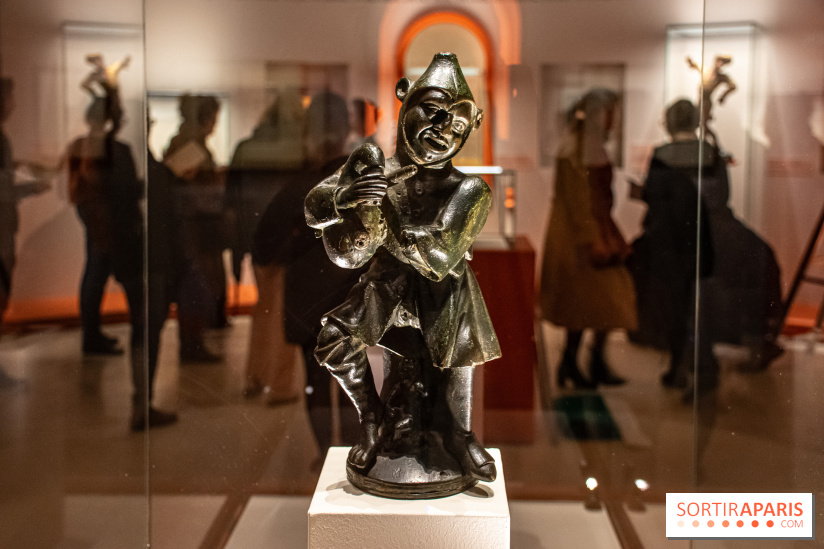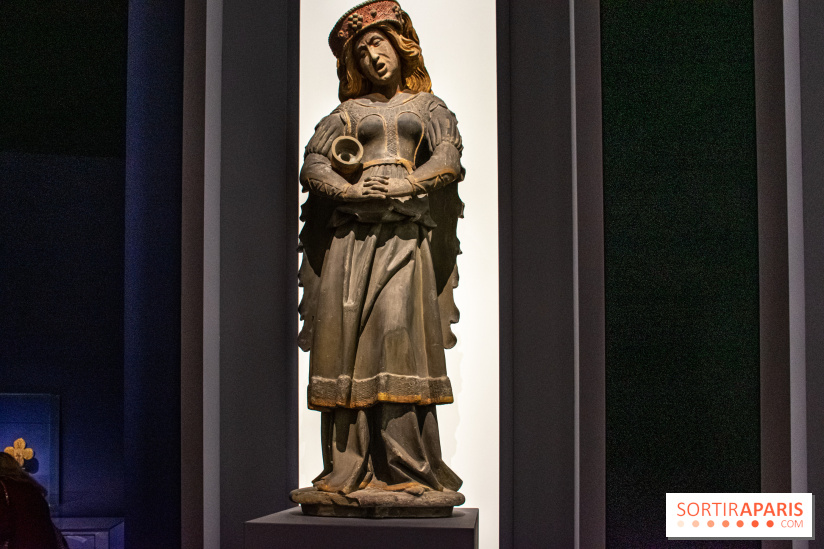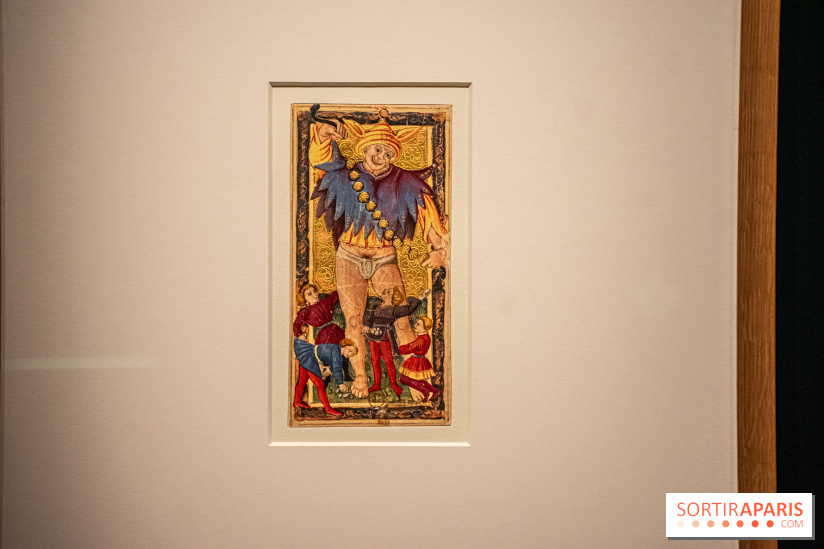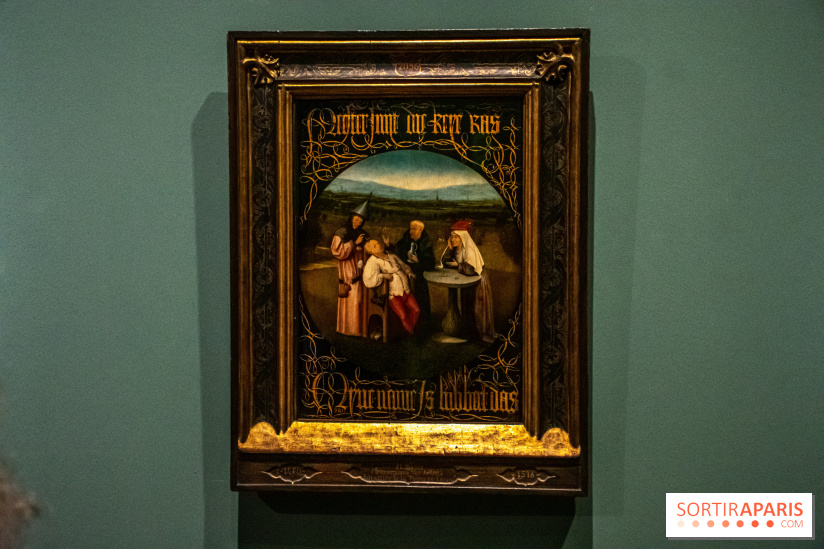They were atypical stars during the Middle Ages and the Renaissance, subversive artists who could be found in paintings, on everyday objects, in books... The Musée du Louvre invites us to (re)discover the character of the madman, in a brand-new exhibition running from October 16, 2024 to February 3, 2025.
From the Middle Ages to the Renaissance, the madman was not mentally ill: he was a character created to entertain the court and the people. An entertainer whose aim was to make the public laugh and distract them with "antics"... But that's not all! Whether erotic, tragic, violent, parodic or scatological, the madman also uses his art to warn, mock, denounce or overthrow the established order. The madman breaks society's codes of propriety by representing its excesses.
The exhibition Figures du fou brings together over 300 exceptional works, from the 13th to the 16th centuries. Through paintings, engravings, tapestries, illuminated manuscripts, sculptures, precious and everyday objects, the figure of the madman is revealed in all its richness and complexity. With this exhibition, the Musée du Louvre offers us a broad panorama of Northern European art.
The madman appeared in the Middle Ages, initially in theworld of religion. The madman is the one who rejects God, a character from the world of fables and proverbs who appears on the bangs of society. This character can take many forms: he infects men and women, young and old, when he gets involved with love. Passion for love turns into madness, causing the loss of men, leading to lust, then death... The madman is no half-measure.
The madman gradually established himself at the royal court, in a persona that is still familiar today. He was thenobles' entertainer, performing a series of games and acrobatics during festivities, setting himself up in opposition to the wise monarch through his extravagant behavior. This subversive character made his mark on everyday objects: he became an element in chess games, a figure in card games (known today as the joker)...
Madmen aren't confined to palace walls: in the cities, they can be found at festive occasions and carnivals, in brightly-colored costumes, wearing donkey ears or a rooster's crest. He dances and sings, mocking spectators and sowing doubt: who, him or those watching, are the real fools...? ?
This "praise" of madness gradually disappeared in the Age of Enlightenment, when Reason took over and the figure of the philosopher-thinker grew in prominence. The marginal figure symbolizing disorder and anarchy was relegated to the past.
The madman resurfaced a few centuries later, in the early 19th century.Romantic art, the birth of psychiatry and artists' experiments with the unconscious and the bizarre revived this character. However, the madman was no longer a public entertainer: from then on, he was a tortured, mysterious character, alternately frightening and frightening.
And a masterpiece on display here: Jerome Bosch's Extraction of the Stone of Madness, mocking the ignorance of contemporaries and "specialists" on the subject of madness and disease. Here, the madman is seen as innocent, facing a dishonest and ignorant "doctor", preaching to the choir and wearing a funnel on his head. Who's the fool? Who isn't? It's up to you to make up your own mind. With this groundbreaking exhibition, the Musée du Louvre plunges us into a fascinating world, to be discovered in autumn 2024.
Dates and Opening Time
From October 16, 2024 to February 3, 2025
Location
Louvre Museum
musée du louvre
75001 Paris 1
Access
Metro Palais Royal - Musée du Louvre
Prices
Tarif moins de 26 ans: Free
Tarif unique: €22
Official website
www.louvre.fr































